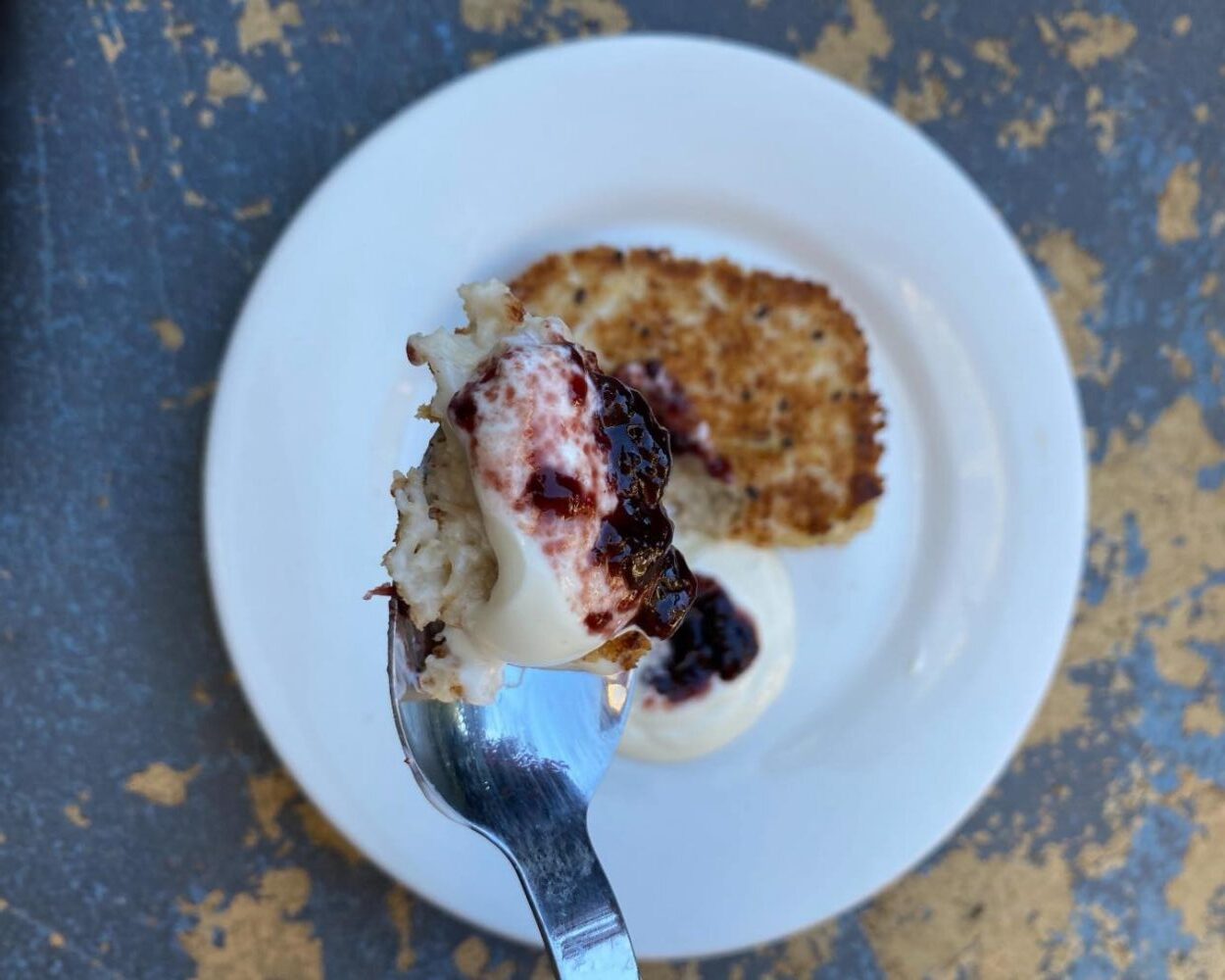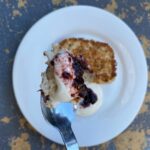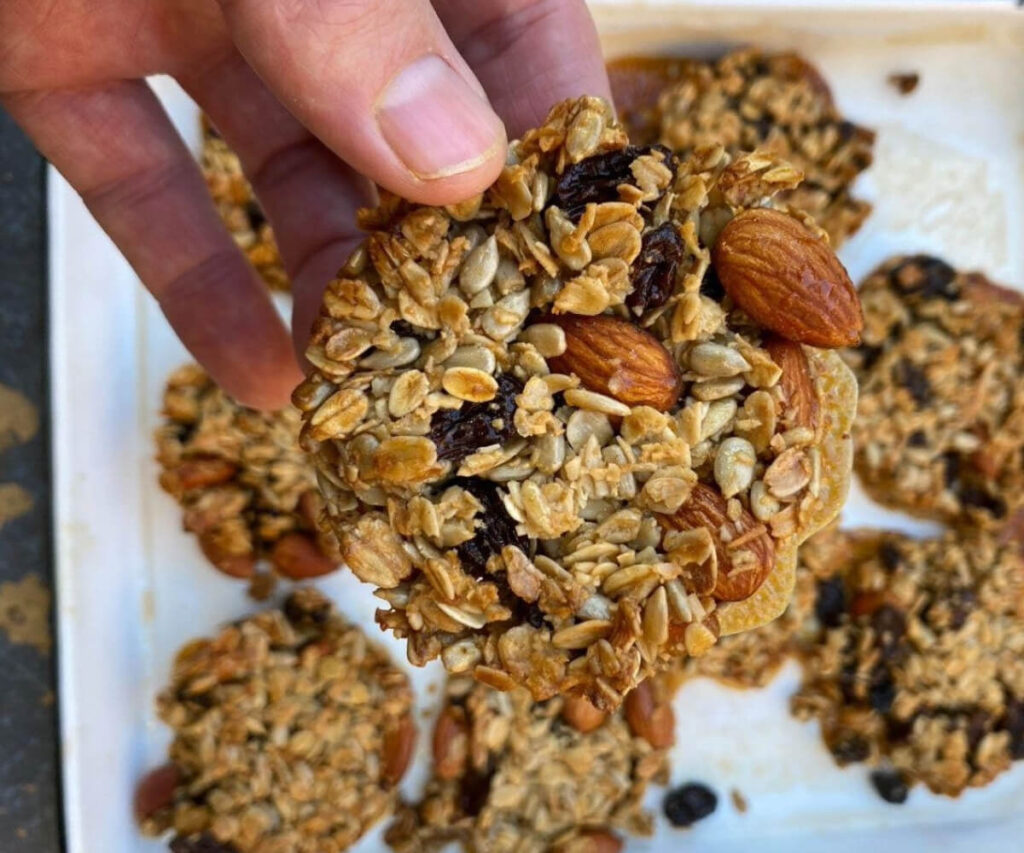
Winter is porridge season, and if you’re anything like me you make large pots and generally have a little leftover.
Ingredients
Method
The History of Porridge: From Ancient Staple to Modern Comfort
Before it became a cozy breakfast classic, porridge was a vital part of daily life for people around the world. Its story begins thousands of years ago, when early farmers first learned to cook grains like barley, millet, oats, and wheat slowly in water or milk.
This simple act transformed humble grains into a warm, filling meal that could sustain families through hard work and long winters.
Across continents, every culture had its own version of porridge. In ancient China, millet porridge was eaten for breakfast; in Africa, sorghum and maize were cooked into soft, nourishing meals; and in Europe, oat and barley porridges became the backbone of rural diets. For Scottish farmers, a pot of oat porridge stirred with a traditional wooden spurtle was an everyday ritual – hearty, wholesome, and inexpensive.
Leftovers were often poured into a drawer or tin to cool, then sliced and eaten cold the next day. (Sound familiar?)
That thrifty tradition is part of what inspired our Porridge Fritta – a way to transform leftover porridge into something delicious, golden, and new. It’s a modern twist on an age-old practice of wasting nothing and appreciating everything the land provides.
Over time, porridge evolved to reflect regional tastes: oatmeal in Scotland, polenta in Italy, congee in Asia, and quinoa porridge in South America. Despite all these variations, the essence remains the same — a meal that warms, nourishes, and connects us to centuries of simple, sustainable living.
So next time you stir up a pot, remember that you’re taking part in one of humanity’s oldest food stories — and with recipes like our Porridge Fritta, you’re helping that story continue, one bowl at a time.

